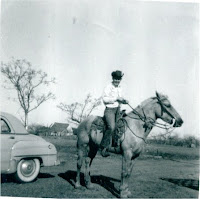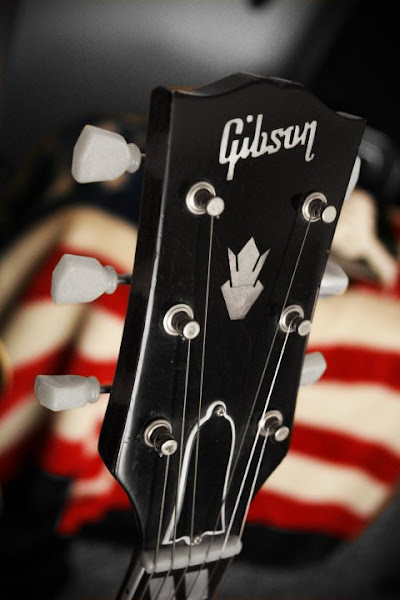Anniversary of Bombing of Alfred P. Murrah Federal Building
Monday, April 19, 2010 was the 15th anniversary of the bombing of the Alfred P Murrah Federal Building in Oklahoma City, Oklahoma. The act of domestic terrorism was an attack on the United States and a national disaster. It had a special and emotional significance to me. I lost two very close friends and an acquaintance in that bombing.
I was working at my desk in the Arkansas Division of the Office of Motor Carriers, U.S. Department of Transportation in Little Rock Arkansas when we were notified that the Alfred P. Murrah Federal Building in Oklahoma City had been bombed. It took a few seconds for it to sink into my brain, the seriousness of the information we had just learned.
Everyone in our office went down the hall to the office of Senator David Pryor in which we knew there was a television set. Federal employees from various offices in our building gathered around the television in Senator Pryor's office to watch as the information unfolded.
I no longer remember how long it was before we learned the names of those in the Oklahoma Division of OMC who had been killed.
At some point in time we received information that State Director, Mike Carrillo, and Division Program Specialist, Rick Tomlin had been killed. We were advised that John Youngblood was injured, was hospitalized as critical, but was still alive.
During the time I had been assigned in South Carolina, I had become close friends with a fellow Safety Investigator in the North Carolina Division, Rick Tomlin. A few motor carriers had offices in both North and South Carolina. Some of these companies attempted to circumvent Federal Regulations by providing false information related to the location of company records. If an agent went to the South Carolina office, they would claim that all there records were in North Carolina and visa versa. We often met at Rock Hill South Carolina or Charlotte North Carolina to deal with investigations related to these carriers.
A vacancy became open in the Oklahoma City Division. I was extremely interested in a transfer to Oklahoma City because it would be much closer to my home in Texas. Both Rick and I applied for the same position. When Rick was given this transfer, we had a little bit of friendly joking about it. At our Regional Conference following the announcement that Rick got the transfer, I told him that he was the best ex-friend I ever had.
Rick was talking to his wife on the telephone when the explosion occurred. She heard the explosion on the telephone then the phone line went dead. John Youngblood appeared to be improving, but died about three days after the blast.
The death of John Youngblood was extremely ironic. My friend John Youngblood was State Programs Manager and full time instructor at the Howard Motor Carrier Safety Academy of the Transportation Safety Institute (TSI) in Oklahoma City. John recruited me to the Associate Staff (Part Time instructor) at TSI when the Howard Motor Carrier safety Academy was pulled out of TSI and moved to the Washington DC area, John did not want to leave Oklahoma City. He chose to take a voluntary downgrade to a Safety investigator position in order to remain in Oklahoma City. He had only been in his new job for a short time when the Murrah Federal Building was bombed
Not long prior to this, I had taught a class on Compliance Reviews at the North Campus of TSI, the site of John's office. Although I was working for John while teaching this class, John sat in on the class as a student, in order to learn his new duties as a soon to be Safety Investigator when the transfer was completed.
Had John accepted the transfer to Washington, DC, he would most likely be alive today. Had I received the transfer to Oklahoma City that I wanted so desperately, I most likely would not be alive today.
JBW, 04 -21- 2010



.jpg)













.jpg)


























